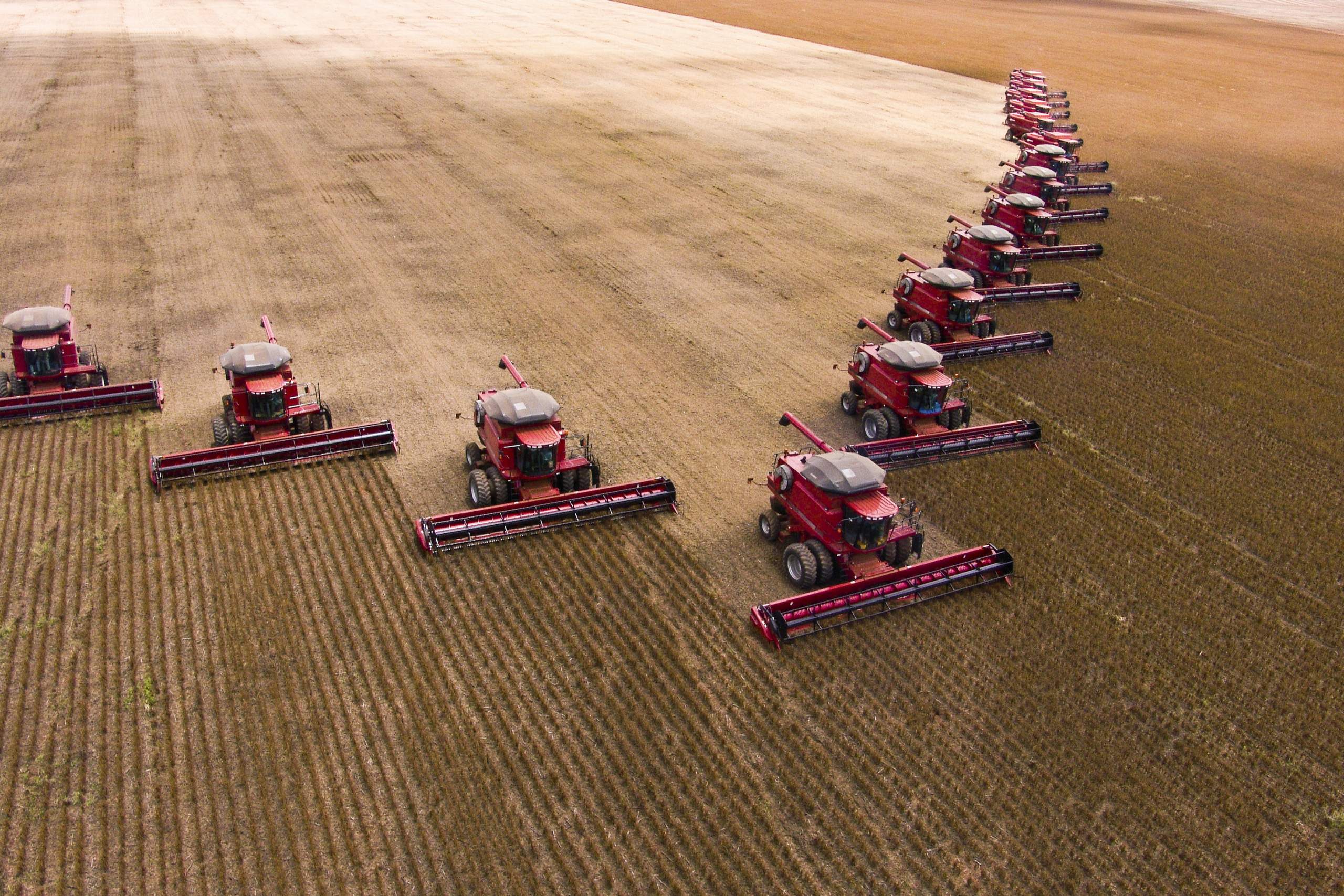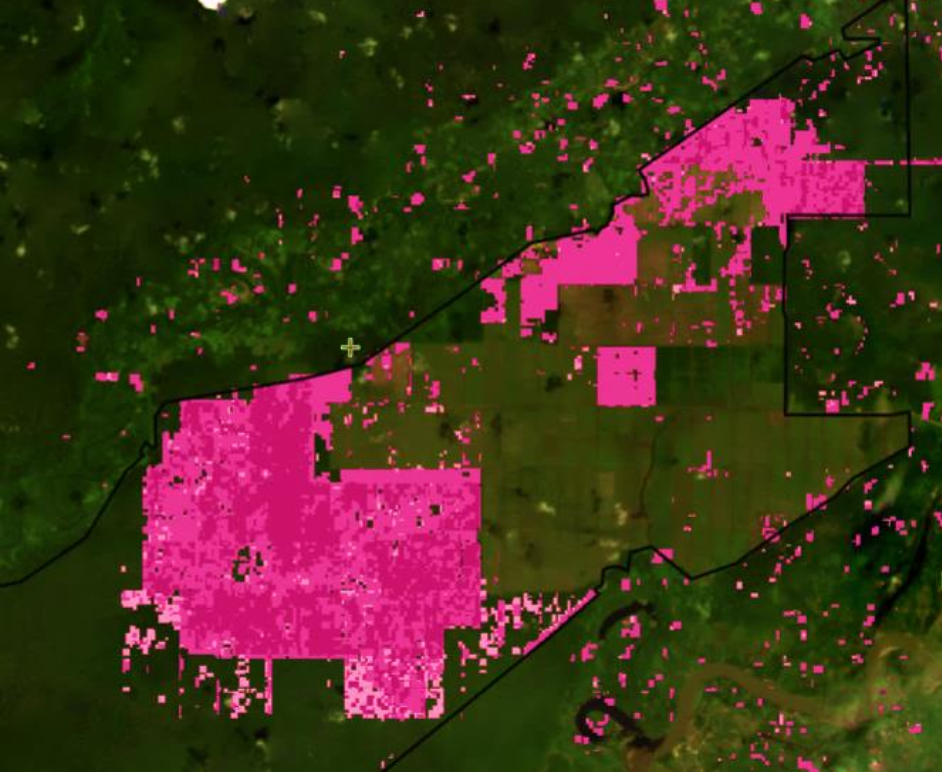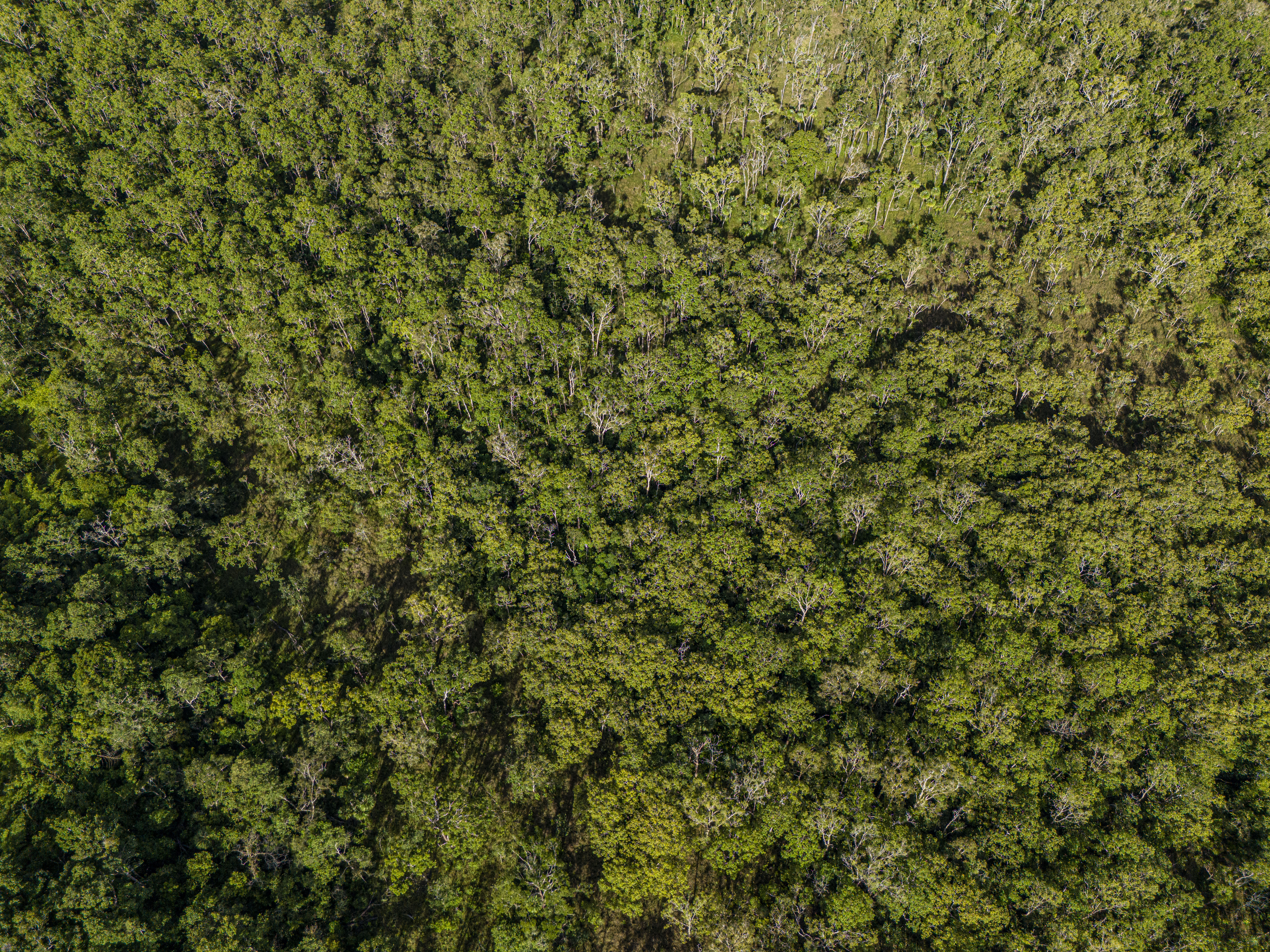Return to Côte d’Ivoire and Ghana – Second Field Investigation and Satellite
From the field: Ongoing Deforestation in Cote D’Ivoire
Mighty Earth returned to Côte d’Ivoire to see what’s happened on the ground, since the chocolate industry and government promises made at the November 2017 COP in Bonn — to go deforestation-free.
[vc_separator]One year ago, the world’s largest chocolate and cocoa companies stood beside representatives of Côte d’Ivoire and Ghana, the two major cocoa-producing countries, and committed to transform their industry. They said they would end deforestation linked to the production of cocoa and protect human rights better. Mighty Earth monitored these promises all year. We conducted analysis of remote sensing data of forests in the cocoa-growing regions of Côte d’Ivoire and Ghana. In October 2018, Mighty Earth sent a field team to check things out on the ground in Côte d’Ivoire. Did the reality live up to the promises?[vc_separator]
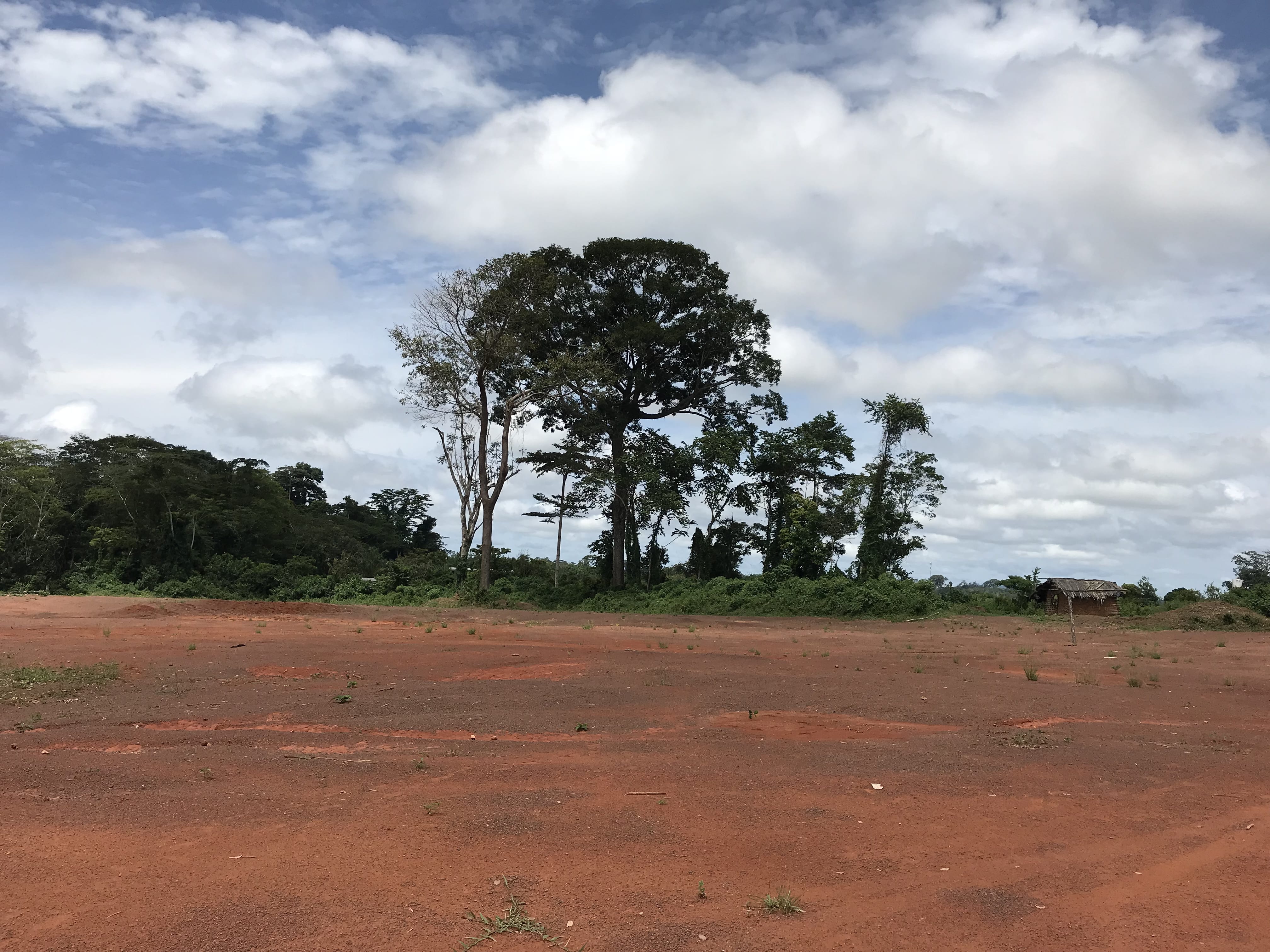
In the Cavally Forest Reserve, the team headed into a dense intact forest, their path cleared by the machete swings of SODEFOR rangers. After 30 minutes, the forest cover began to thin and cocoa trees appeared. Some were one year old or less, indicating that they had likely been planted after the Frameworks of the Cocoa and Forest Initiative were announced in November 2017 at the Bonn COP.[vc_separator]

Some protected areas are on the verge of extinction in the next 10 years, if the deforestation rates of the last year continue. These forests are mostly in the Southwest of the Côte d’Ivoire, in the cocoa producing heartland. Goin Debé is projected to vanish in around fifty years, if we continue with business as usual. Moyen Cavally the same.[vc_separator]

A
Full-sun cocoa prevents the growth of other species, and creates a biodiversity wasteland – a food desert for birds, bats, bees, and other living things. In contrast, densely shaded agroforestry retains important benefits of a natural forest.[vc_separator]

Unfortunately, other Ivorian forests saw things actually get worse, not better. Despite the promises made by industry and government, as this photo essay demonstrates in Goin Debe and Cavaly, the deforestation rates rose. Other poor-performing protected areas were Mont Kourabahi and Niouniourou Bloc Deux. But Cavaly Mont Sante (similar name but different protected area) stood out far and away as the worst of all. Tragically, even the national park designation was not enough to save Mont Peko, where deforestation rates rose as well.[vc_separator]

Farmers hack down the smaller trees with machetes, but the oldest are too large to chop. They are burned instead; like this ancient giant we walked past, whose base has been charred by an illegal fire.
[vc_separator][vc_gallery el_id=”gallery-182405″ type=”justified” medias=”56152,56140,56148″ justify_row_height=”250″ justify_last_row=”center” gutter_size=”3″ single_overlay_opacity=”50″ single_padding=”2″]The Ivorian and Ghanaian governments have clearly failed to clamp down on this ongoing deforestation, and companies, despite their public commitments, have continued to buy cocoa from suppliers connected to deforestation. While companies and local authorities have taken some actions to limit deforestation, and some areas saw improvements, we nonetheless documented that farmers who engaged in deforestation for cocoa were still able to openly sell their cocoa without repercussions.[vc_separator]
Deforestation in Ghana from 2001-2017. Red dots represent forest loss.

Deforestation in Ghana from November 2017-2018.


A year ago, we were all filled with hope when Prince Charles, Initiatief Duurzame Handel, and the World Cocoa Foundation helped industry and governments pledge to do better. Clearly key actors are failing and have not kept their promises. However, there is still room for optimism. Some authorities and companies have already gotten on the right track, proving that solutions are within are grasp. We can all do better. It’s not too late.[vc_separator]
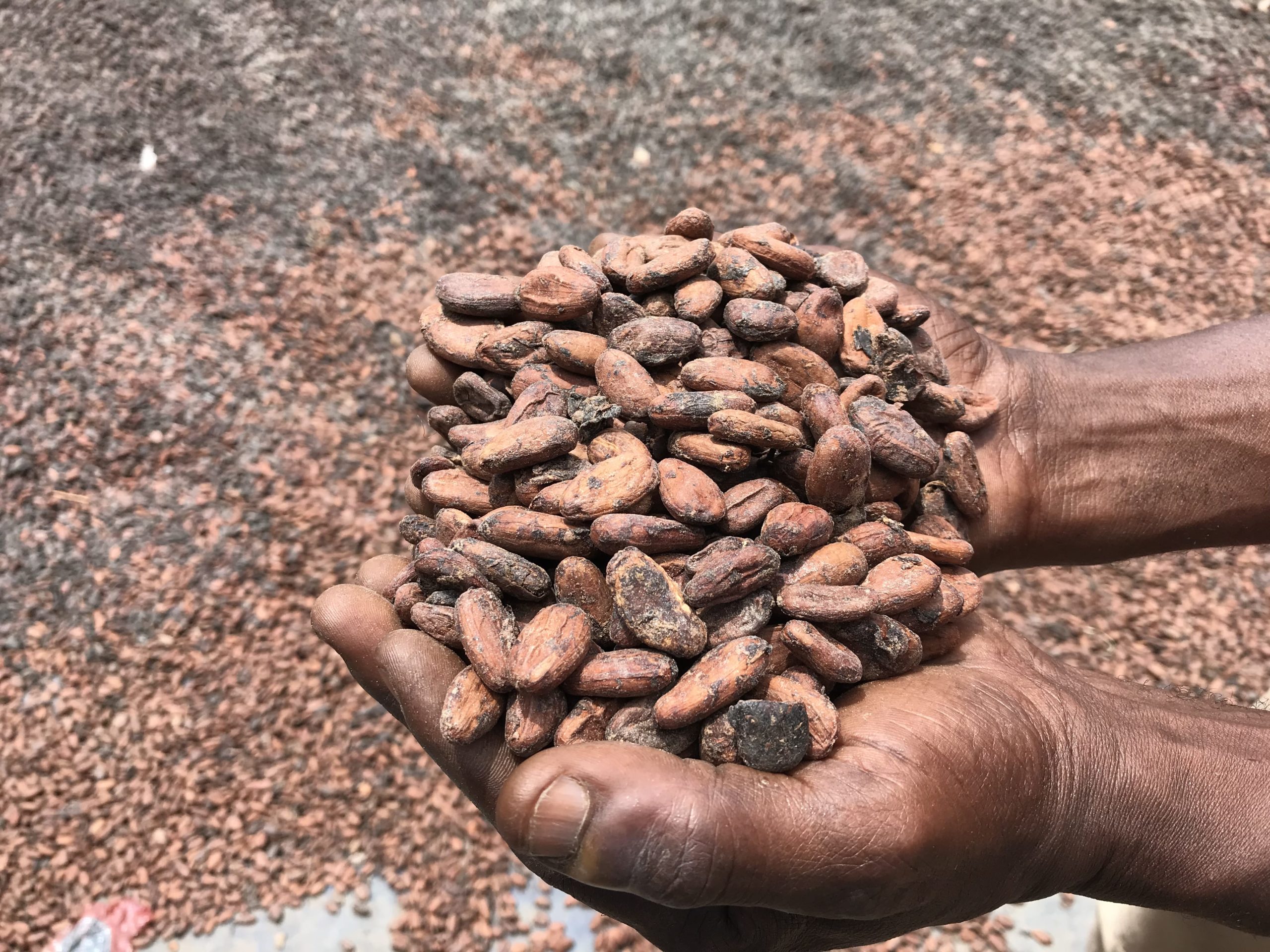
The future is in all of our hands.
